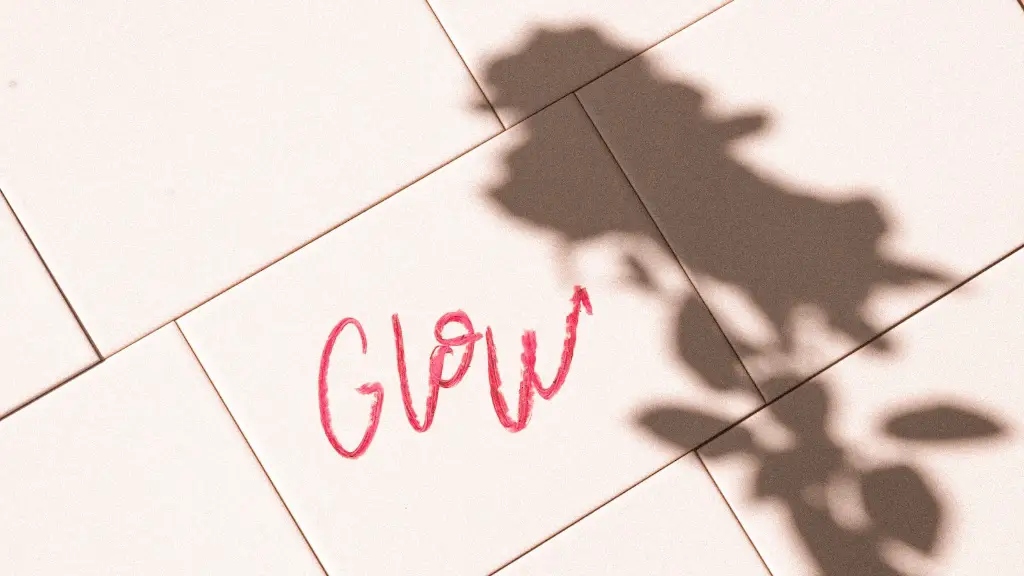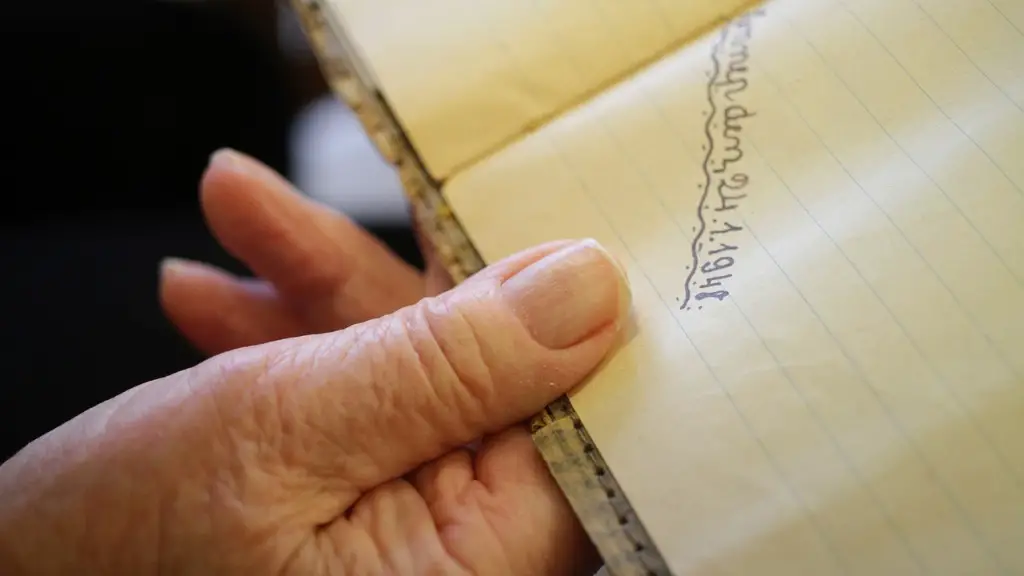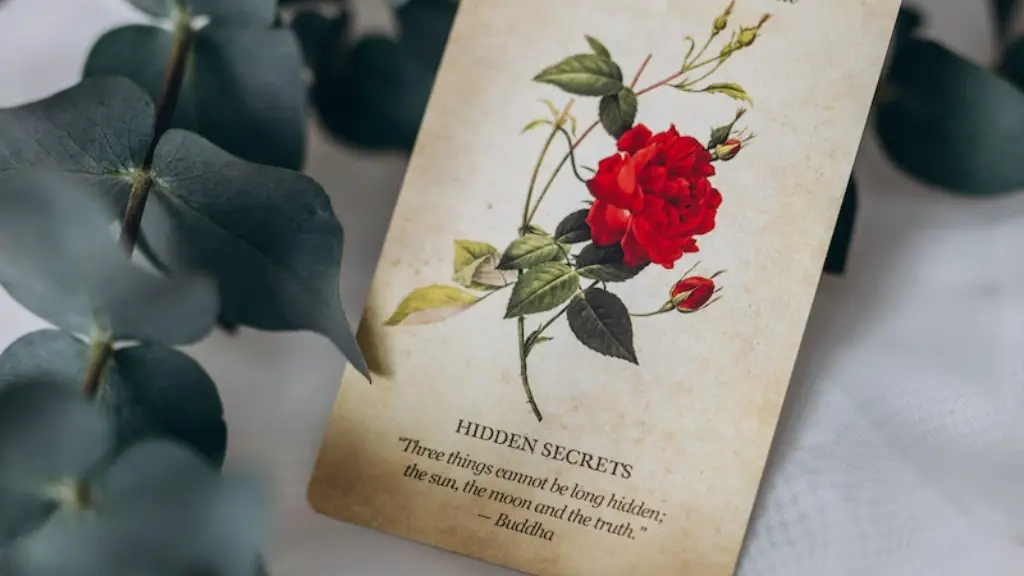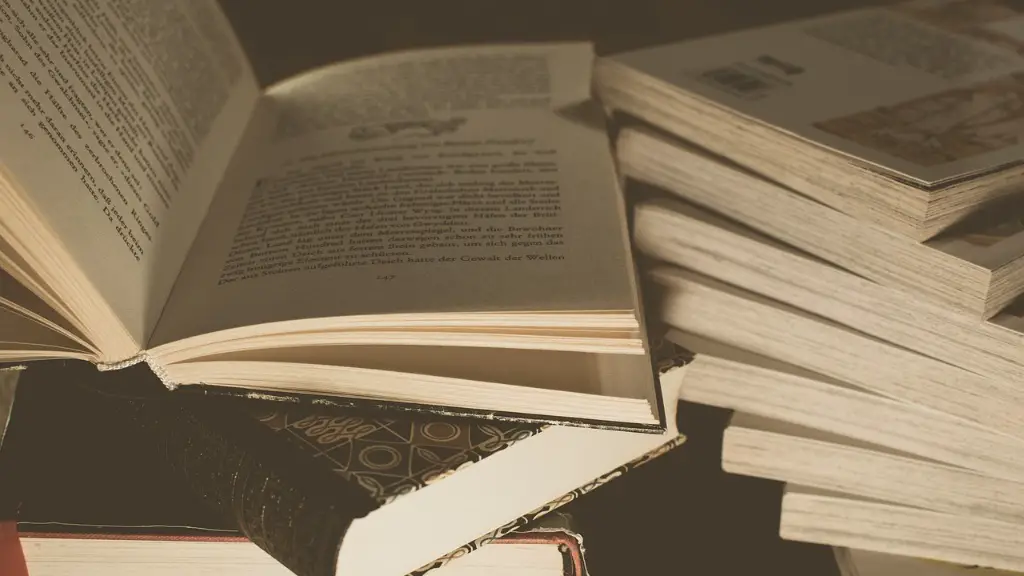Narrative poetry can be a form of storytelling using words and pictures, or simply using words that evoke emotion from the reader. It can be used to create stories and evoke feelings, as well as to deliver the lessons of the poem in an interesting and sometimes humorous way. At its heart, narrative poetry is about connecting with the readers emotionally, and can be a powerful tool for writers.
When talking about narrative poetry, it can be easy to get confused between other types of poetry, such as lyrical and epic poetry. The key to understanding narrative poetry is that it is essentially a story or a narrative arc, with characters, settings and developments within the poem itself. It is essentially a short story told through verse and often doesn’t have a clear beginning, middle and end. Narrative poetry is generally written in a form and meter similar to other types of poetry. While it may be written in a way that closely follows the rhythm and form of other poetic forms such as the sonnet, it doesn’t usually have a specific objective like other forms of poetry.
The main purpose of narrative poetry is to tell a story and evoke emotion, often with a moral or a message at the heart of the poem. It is typically written in a way that allows for the reader to find their own meaning in the work, rather than having the message of the poem explicitly stated. It can be an effective way of conveying an idea or lesson to a reader, and can be used to examine or explore issues in a creative and engaging manner.
One of the key features of narrative poetry is its ability to use vivid imagery and powerful language to evoke an emotional response from the reader. It can often be used to create a visual or emotional experience for readers and to convey a certain message or idea in an engaging manner. By using specific words, metaphors, and vivid descriptions, a poet can create a journey through the poem, allowing the reader to explore a topic and to get a better understanding of the narrator’s perspective.
Narrative poems can vary in length, depending on the intended audience and the message the poet wishes to convey. Some poems may be only a few lines long, while others may be several pages long. They can range from humorous to serious, and can be used to examine a range of different topics and issues. They are often used by poets to explore an issue or to tell a personal story, and can be an effective way to communicate a message.
Modern Examples of Narrative Poetry
Modern examples of narrative poetry can be found in the work of many poets, from the 16th century to the present. William Shakespeare’s narrative poems, such as A Midsummer Night’s Dream and The Rape of Lucrece, are some of the most renowned pieces of literature and serve as examples of powerful narrative poetry. More recent poems such as Billy Collins’ The Lanyard and Shel Silverstein’s Where the Sidewalk Ends are also examples of modern narrative poetry. While these poems may vary in length, form and content, they are all examples of narrative poetry, and demonstrate the power of narrative poetry to engage the reader and explore an issue creatively.
Uses of Narrative Poetry
Narrative poetry can be used in a variety of ways, from storytelling to exploring an issue. It can be a powerful tool for writers to convey a message, explore a concept, and create a vivid and interesting story. It can also be used in literature lessons, both in school and in the home, to help children explore different topics and to develop their understanding of language. It can be an effective way of engaging younger readers, as it can help them to connect with the characters and to explore the meaning of the poem.
Narrative poetry can also be used as an artistic statement, as it allows the poet to explore a concept or an issue in a creative and sometimes humorous way. It can be a powerful way to make a statement or to explore an idea in a unique and engaging manner. The power of narrative poetry lies in its ability to evoke emotion, and to engage the reader in a way that is both entertaining and thought-provoking.
Narrative Poetry and Other Types of Poetry
While narrative poetry may be similar to other types of poetry, it is important to note the differences between them. Narrative poetry is a form of storytelling and is usually written in a form and meter similar to other types of poetry, but is typically without a specific objective or message. Lyrical poetry is a form of poetry that focuses on conveyance of feeling and emotions and may be subjective in its content. Epic poetry focuses on the feats and battles of legendary heroes and typically contains a focused narrative.
The key to understanding narrative poetry is to understand the key elements of its composition and structure. While some types of poetry may focus on character development, setting, or theme, narrative poetry can contain all of these elements, as well as symbolism and imagery. By understanding the elements that make up a narrative poem, the reader can gain a better appreciation of the poem’s meaning and message.
The Power of Narrative Poetry
The power of narrative poetry lies in its ability to tell a story and evoke emotion. By using vivid descriptions, metaphors and vivid imagery, a poet can create an immersive and engaging experience for the reader. Narrative poetry can also be a powerful tool for writers to explore issues and to make a statement, in an interesting and creative way.
The use of narrative poetry is not limited to literature and art, but can also be used in everyday life. By understanding the elements that make up a narrative poem, readers can gain a better appreciation for the power of the written word. It can be an effective way to communicate an idea or a message to a reader, and can be a great way to explore different topics, in an engaging and creative manner.
Poetic Devices in Narrative Poetry
Narrative poetry often contains various poetic devices, and these can be used to create vivid images, symbolism and metaphor. Commonly used devices such as alliteration, assonance, consonance, and repetition can all be used to create an engaging and powerful narrative. Other devices such as simile and metaphor can be used to explore an idea in an interesting and creative way. Additionally, free verse and traditional forms such as the sonnet may be used in narrative poetry to create rhythm and focus.
By understanding how these devices are used in narrative poetry, readers can gain a better appreciation for the power of narrative poetry. Through the use of poetic devices, a poet can convey an idea or a message in a powerful yet creative way. By understanding narrative poetry and its elements, readers can gain a better appreciation for the beauty and power of words.
Conclusion
Narrative poetry is a form of storytelling using words and pictures, or simply using words that evoke emotion from the reader. It can be used to create stories and evoke feelings, as well as to deliver the lessons of the poem in an interesting and sometimes humorous way. It contains elements such as characters, settings, and symbolism and imagery, and can be used to explore and examine various issues in a creative and engaging manner. By understanding the elements of narrative poetry, readers can gain a better appreciation of the power of the written word.



